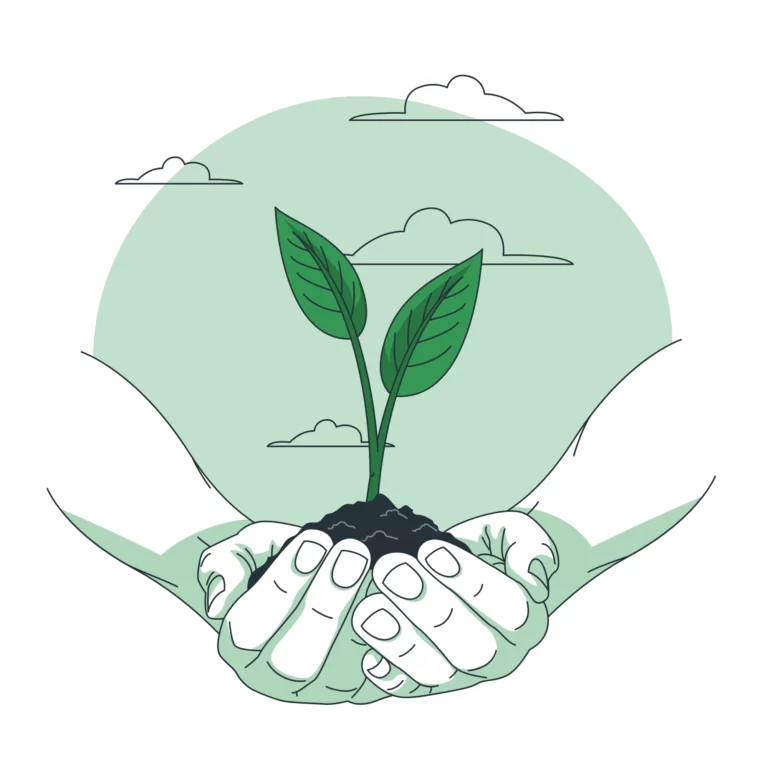Unlocking Geospatial Insights for a Sustainable Tomorrow
Mapping
Mapping models built by our team is capable of pulling data from spatio-temporal data streams. Landscape maps are generated through machine learning models help conservationists plan interventions for soil,water, vegetation or wildlife conservation.
Monitoring
Monitoring systems populate the impact assessment models and present metrics to the stakeholders. These quantifiable parametric models help in develop context specific plans or retrospect the execution.
Spatial data helps in understanding natural processes and model human-environment interactions
Conservation
The current state mapping of a landscape allows planners to understand the different interventions needed. Planners design workflows to implement these interventions by capturing relevant parameters. Out stack enables feedback loops to assess the implementation present the progress to the stakeholders.Stakeholders can also access reporting frameworks to understand progress of interventions.

Climate resilient agriculture
With ever changing climatic conditions understanding the interaction between agriculture and water resources helps in building resilience to changes in climate. To understand these interactions mapping the changes as frequently as possible is a necessity. This can be done at a scale through economic means only by using satellite data. Kaiinos climate stack helps in ingestion of these processed datasets into decision support systems.
